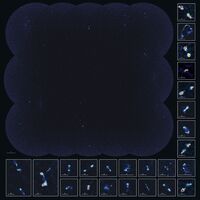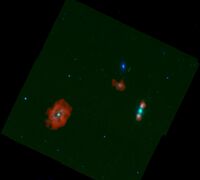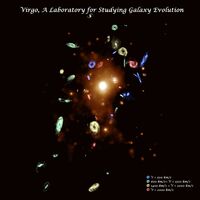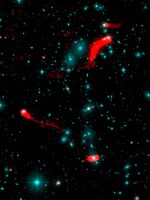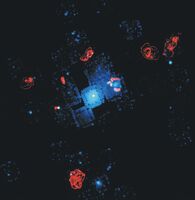Legacy Astronomical Images > Galaxies Series > Cluster Galaxies Unit
Description
Clusters of galaxies are groups of galaxies that are gravitationally attracted to one another. Clusters may come in small groups of a dozen to two dozen members, such as the Local Group which includes the Milky Way and the Andromeda galaxy. Larger clusters of galaxies can contain several thousand members. On even larger scales, galaxy superclusters may exist, containing about a hundred clusters of galaxies.
Collection Items
Collection Tree
- Legacy Astronomical Images
- Legacy Astronomical Images > Galaxies Series
- Legacy Astronomical Images > Galaxies Series > Cluster Galaxies Unit
- Legacy Astronomical Images > Galaxies Series

